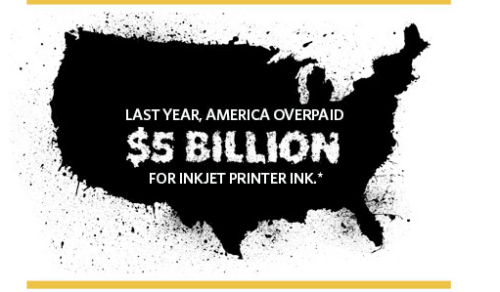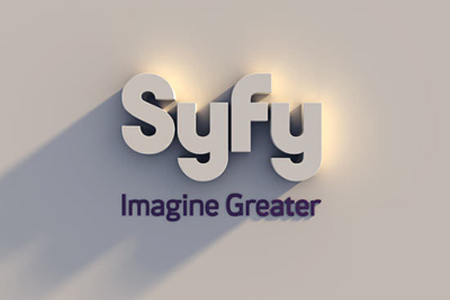A little over a year ago, I heard the CMO of Kodak, Jeffrey Hayzlett, speak at a conference. He is a great speaker, with an even greater story to tell. I went back to work and called one of my tech clients and said, “watch out–Kodak is going to come after you in a big way!”
Remember Kodak? They used to be known for cameras and film, and were basically given up for dead not too long ago. Well, they have reinvented what a “picture” is all about.
Then I forgot about it until last night. I confess, I was watching Dancing with the Stars when I realized the the printer division of Kodak had broken a new campaign. And this morning, a Kodak printer ad was on the back page of The New York Times. Themed “Print and Prosper”, it goes after the printer industry’s jugular: the fact that although printer prices are low, the cost of ink cartridges can choke a horse.
Pretty direct, isn’t it? (I believe the agency is Deutsch.)
What I like about this is that Kodak’s marketing team has adopted a totally classic challenger brand positioning. So many companies are too timid to really go for it in the way the Kodak has. Being a challenger brand requires that you take off the kid gloves. So what exactly is Kodak challenging here?
Just like a narcotics pusher, printer companies currently offer (nearly) free samples (i.e., printers) in order to hook you on their ink cartridges, which can be very very pricey. Kodak directly assaults this way of doing business by saying that Kodak charges a fair price for printers AND ink cartridges. Kodak is bucking the widely held belief among printer manufacturers that most printer profit margins are virtually non-existent, and the only way to make money is on the ink. They are actually charging more than average for their printers, while promising a much lower lifetime cost for ink.
In so doing, Kodak is tapping into the consumer demand for transparency. Consumers know that printers from HP, Canon, Lexmark, et.al, are sold at an artificially low price in order to hold them hostage for the ink. The list of offerings is also very simple. Kodak sells 7 printers, and 3 types of ink cartridges. HP has 7 sub-branded printer categories (DeskJet, PhotoSmart, etc.) and 100!!!! separate models that are suitable for home or small business use. I tried to count how many kinds of ink cartridges they sold, but I gave up at 160. Does the world really need that many kinds of printers and accessories? To be fair, a great deal of the ink cartridges may be for specialty graphics arts related printers, but really!
So Bravo to Kodak for looking at the business in a different way. There is always a risk in trying to claim “low price”. They could set off a pricing war in the inks category. They could also provide permission for the larger competitors to raise the cost of printers. Either reaction might push Kodak back into an “also-ran” position.
I’ll be interested to see what’s next.


 Yeah, I can see why they wanted a change. And now, the new one:
Yeah, I can see why they wanted a change. And now, the new one:
